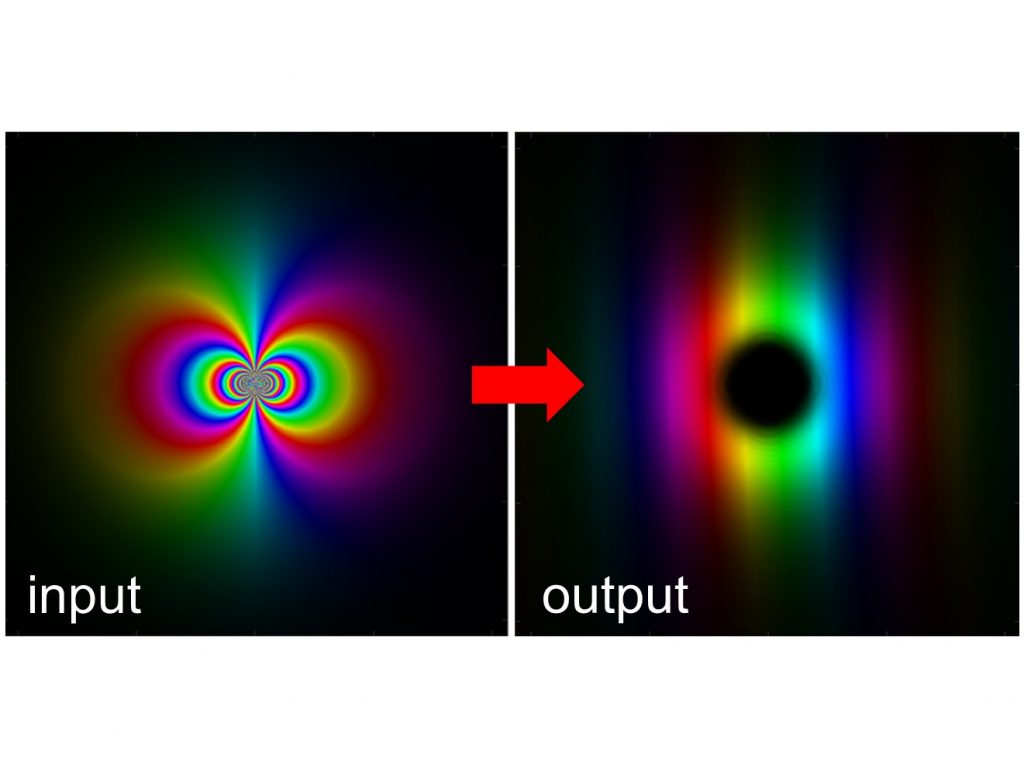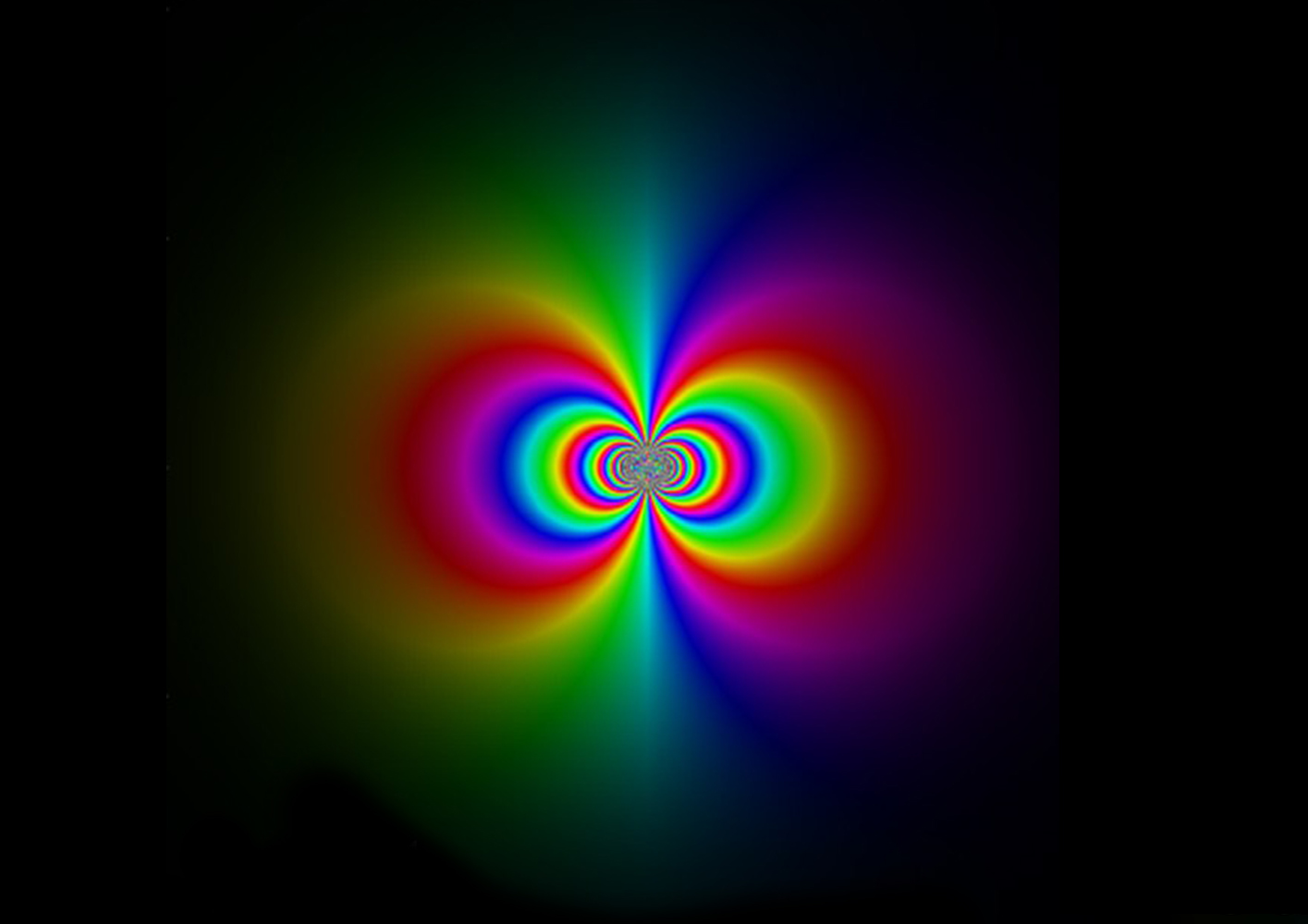Our work continues in the time of #COVID-19. We need science now more than ever. The results are in on the collaboration between Gianluca Ruffato from the University of Padova, and Vincenzo Grillo and Enzo Rotunno from CNR Modena and the Q-SORT EU-funded project (www.qsort.eu). Trust us, you’re going to be impressed.

Ruffato & co. explored a new framework to understand and generalise the connection between conformal geometric transformations and transmission electron microscopy. Conformal transformations, or maps, are a general class of geometric transformations which, intuitively, can be thought of as those transformations which locally preserve the angles between intersecting lines, but not their lengths. Conformal maps have many applications for solving problems in cartography, electromagnetism, general relativity, and quantum mechanics. The new work draws general conclusions about how conformal transformations on the shape of quantum wavefunctions can be implemented efficiently in electron optics, by means of electrodes and currents. This has important implications for the analysis of quantum electron states – known in literature as quantum-state sorting or quantum tomography. The authors also discovered a new method to measure multipole fields in a direct and effective manner. These findings pave the way to fast analysis of astigmatism and optimal measurement of electric/magnetic dipoles with nearly-lossless programmable phase plates. Read the pre-print at: https://arxiv.org/abs/2003.09635

